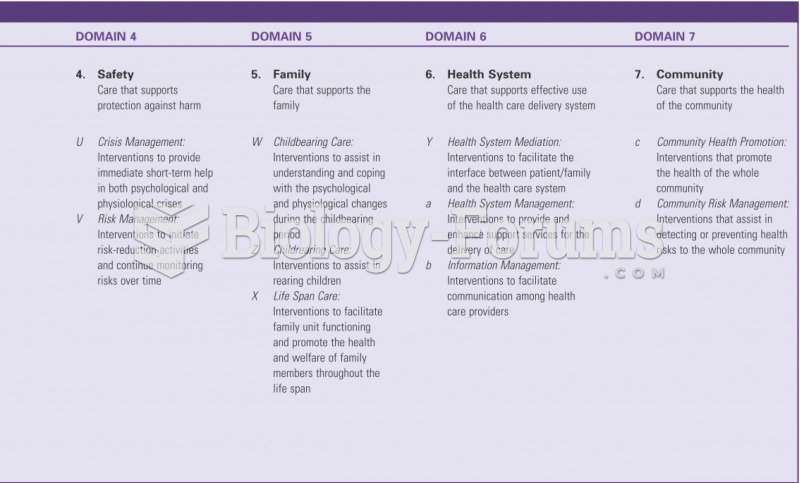Answer to Question 1
Excessive energy intake related to frequent consumption of fast foods as evidenced by typical daily intake of approximately 2900 kcal compared to recommended intake of 2600 kcal, BMI of 31.8, and frequent consumption of burgers, pizza, and ice-cream.
- Ideal Goals: Average daily caloric intake of 2600 kcal and /or weight loss (about 2100 kcal/day) to reach a more desirable BMI between 25 and 30
- Intervention: Modify meals and snacks to include more nutrient-dense and lower-fat foods
Undesirable food choices related to knowledge deficit and family's busy schedule prompting frequent fast food consumption as evidenced by fried foods, night snack of ice cream, and 1-2 beers daily followed by symptoms of indigestion requiring TUMS.
- Ideal Goals: Food and behavior choices that include lower-fat foods, less alcohol, and not eating prior to bedtime to decrease symptoms of GERD
- Intervention:
Comprehensive nutrition education that includes the purpose of and instruction on selecting foods that decrease the symptoms of GERD (refer to question 11 above) and/or:
Nutrition counseling that includes strategies of self-monitoring and social support
- Nutrition/lifestyle behavior counseling that involves planning of meals and preparing larger batches of healthy meals to be consumed later throughout the week.
Answer to Question 2
Excessive energy intake related to frequent consumption of fast foods as evidenced by typical daily intake of approximately 2900 kcal compared to recommended intake of 2600 kcal, BMI of 31.8, and frequent consumption of burgers, pizza, and ice-cream.
Undesirable food choices related to knowledge deficit and family's busy schedule prompting frequent fast food consumption as evidenced by fried foods, night snack of ice cream, and 1-2 beers daily followed by symptoms of indigestion; requiring TUMS.
Excessive fat intake and excessive saturated fat intake. (Students may identify that these two problems have an etiology very similar to that of excessive energy intake; therefore, it may not be necessary to develop complete PES statements. If the students do write either of these as a PES statement, the amount of total fat and/or saturated fat in terms of grams or should be reflected in the evidence.)
Excessive sodium intake related to frequent consumption of fast foods and processed foods as evidenced by typical daily sodium intake at least 200 above recommended intake.
Obesity related to excessive energy intake and physical inactivity as evidenced by BMI of 31.8, consumption of an excess of about 300 kilocalories per day, and reported minimal physical activity.
Altered nutrition-related laboratory value. This could be written as a separate PES statement or used as further evidence (signs and symptoms) for the excessive fat intake and/or physical inactivity.
Food and nutrition-related knowledge deficit related to lack of previous nutrition education as evidenced by undesirable food choices.
Physical inactivity related to inability to find consistent replacement to previous physical activity of running following knee arthroplasty as evidenced by patient stating that he engages in little to no exercise. (This PES statement may also provide some evidence of a lack of motivation to exercise and reflect a possible not ready for diet/ lifestyle changes problem.)







